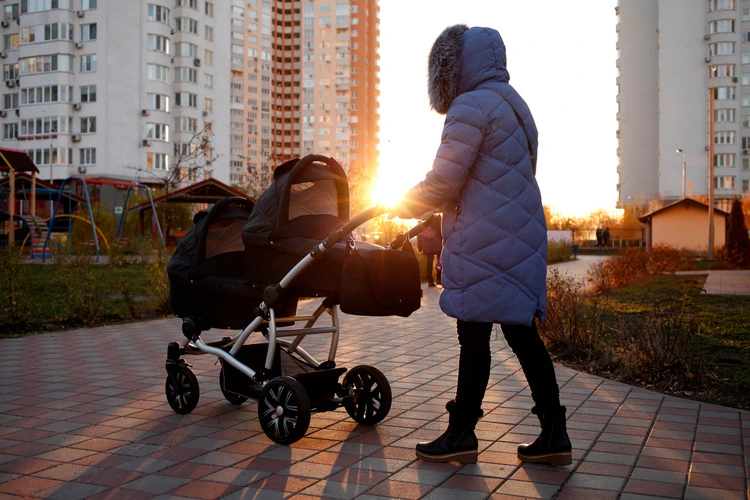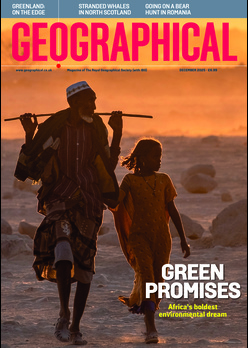
Twin birthrate has increased by around one-third in last 40 years – but what exactly is causing the ‘twin trend’?
By
Each year, approximately 1.6 million twin pairs are born around the world, equivalent to one in 42 children globally. Back in the 1980s, this figure was a third lower.
While twin births are a chance event, there are two key reasons scientists posit are behind the global ‘twin boom’. Here we explain exactly why the rates of twin births have rocketed in almost all developed countries globally.
Medical reproductive technologies & delayed parenthood
One key factor is the rise in popularity – and access – to fertility treatments such as IVF. Since 1991, more than 1.3 million IVF cycles and 260,000 donor insemination cycles have been carried out in the UK, leading to the birth of 390,000 babies.
Treatments such as IVF come with a higher probability of multiple births, as doctors will often implant multiple embryos at once to increase the chances of successful pregnancy.
Another key reason is the general increase of the mean age of childbearing across the world. In a survey conducted by the Office for National Statistics (ONS), it was found that, on average, most women in Britain now have their first child from the age of 32 onwards, much higher than in 1960 when the average age sat at 26.
Enjoying this article? Check out our related reads:
The same trend applies for most, if not all, countries in the world: in the US, back in 1970, the average age that a woman fell pregnant with her first child was 21. In 2022, the average age was around 27, an all-time record high. The reason why this increased age matters is because older women are more likely to give birth to twins, even without using reproductive technologies like IVF.
Many reasons combine to form women choosing to have children at a later age, from wanting to pursue educational or career aspirations, to shifts in gender roles and family dynamics. As well as women’s shifting attitudes toward the age at which they have babies, a 2022 paper also found that childless US men are increasingly disinterested in becoming fathers.
Dangers of twin births
Understanding that there is an increased rate of twin births across the world is pivotal for healthcare professionals to acknowledge. As Professor of Sociology and Demography at the University of Oxford Christiaan Monden explains, ‘twin deliveries are associated with higher child mortality and complications for the mother during pregnancy and delivery.’

In sub-Saharan Africa, one in five twins will die before the age of five – around 315,000 twins each year. Given that Africa has the highest incidence of twin births compared to anywhere else in the world, this statistic is especially troublesome.
Women who give birth to twins in the region are often not given appropriate medical care such as antenatal support and referrals for hospital deliveries, but it is hoped that by recognising the growing trend of twins around the world, accurate forecasts can be made so that twins and their mothers can receive adequate care.




